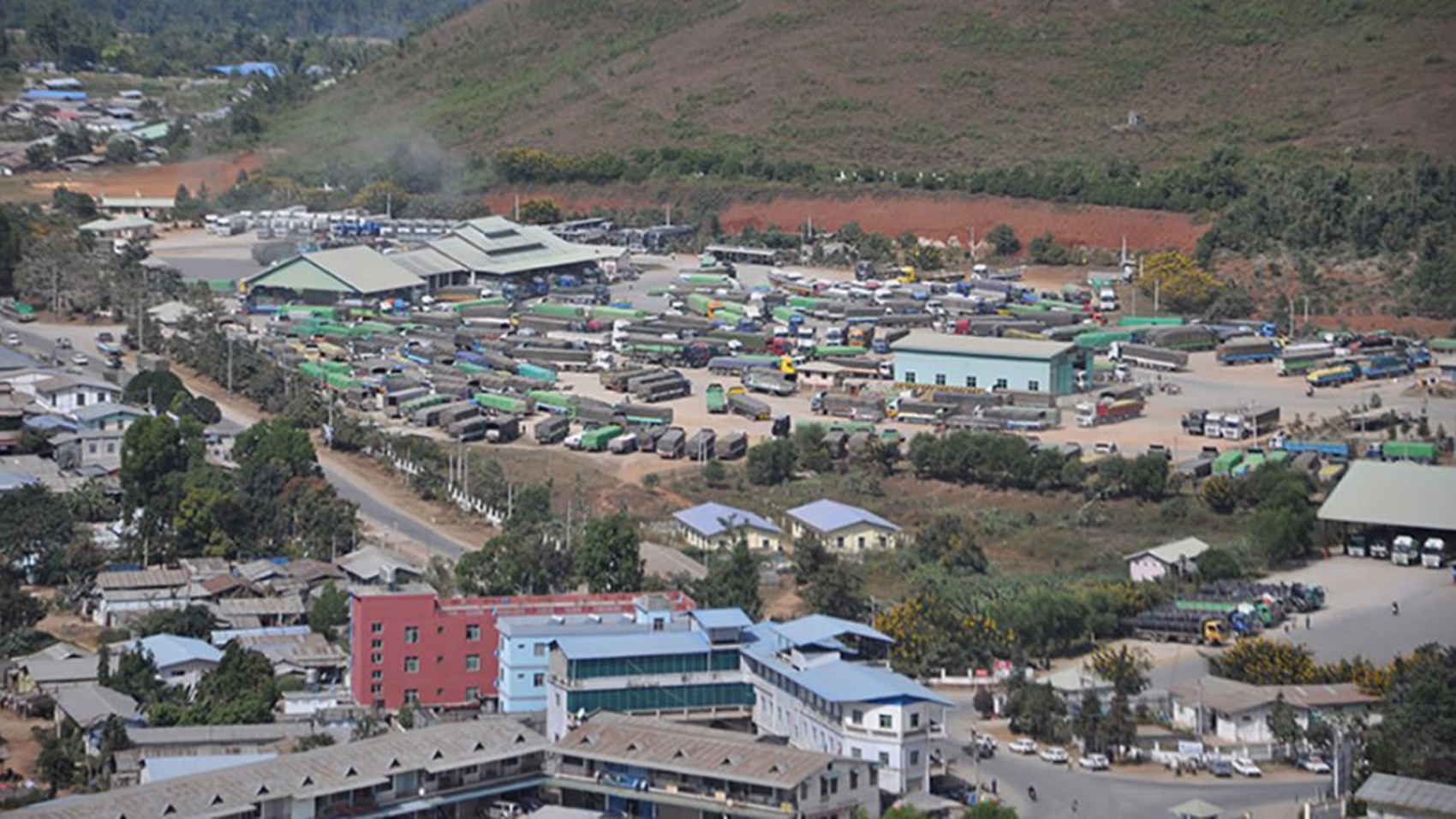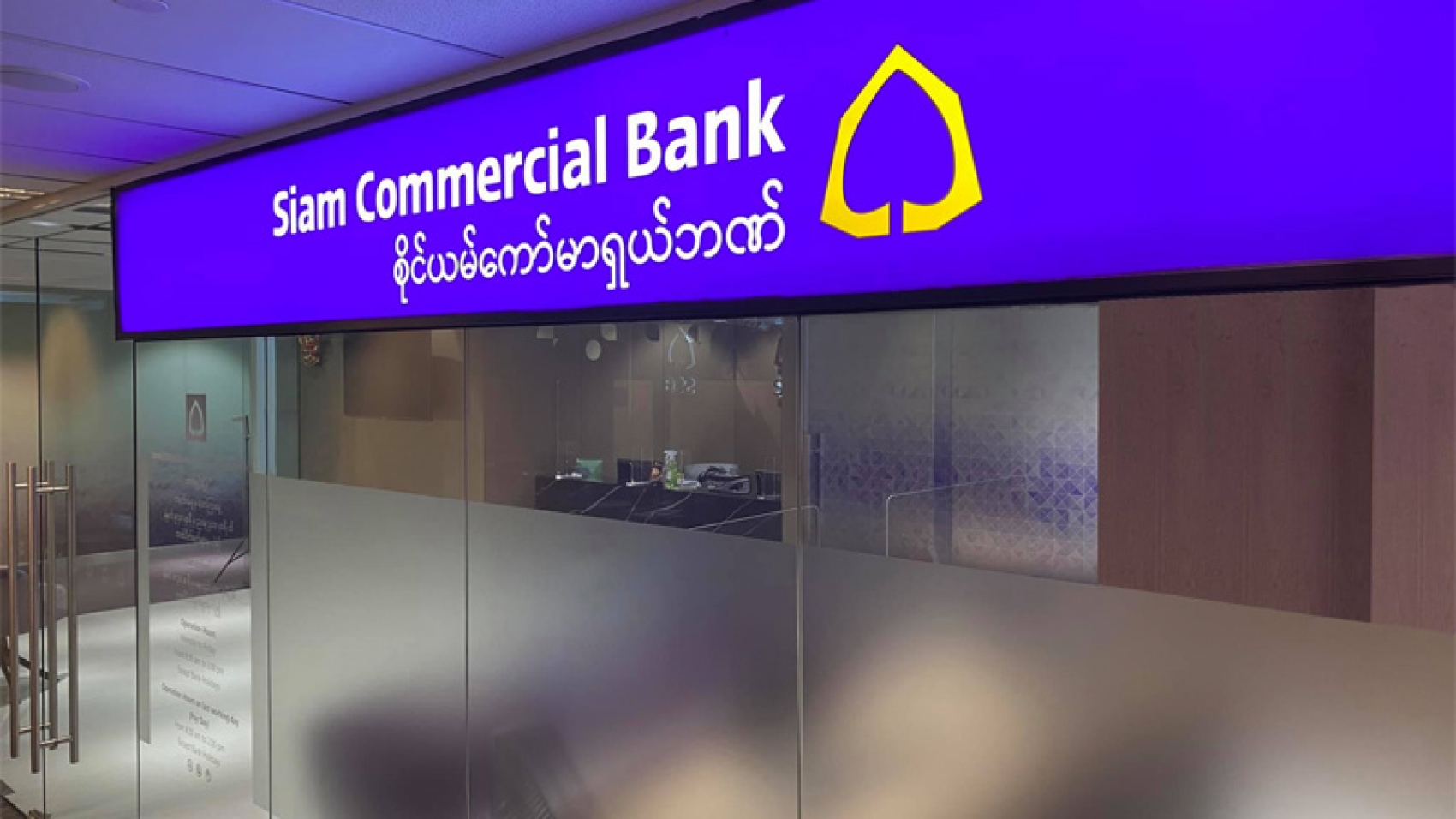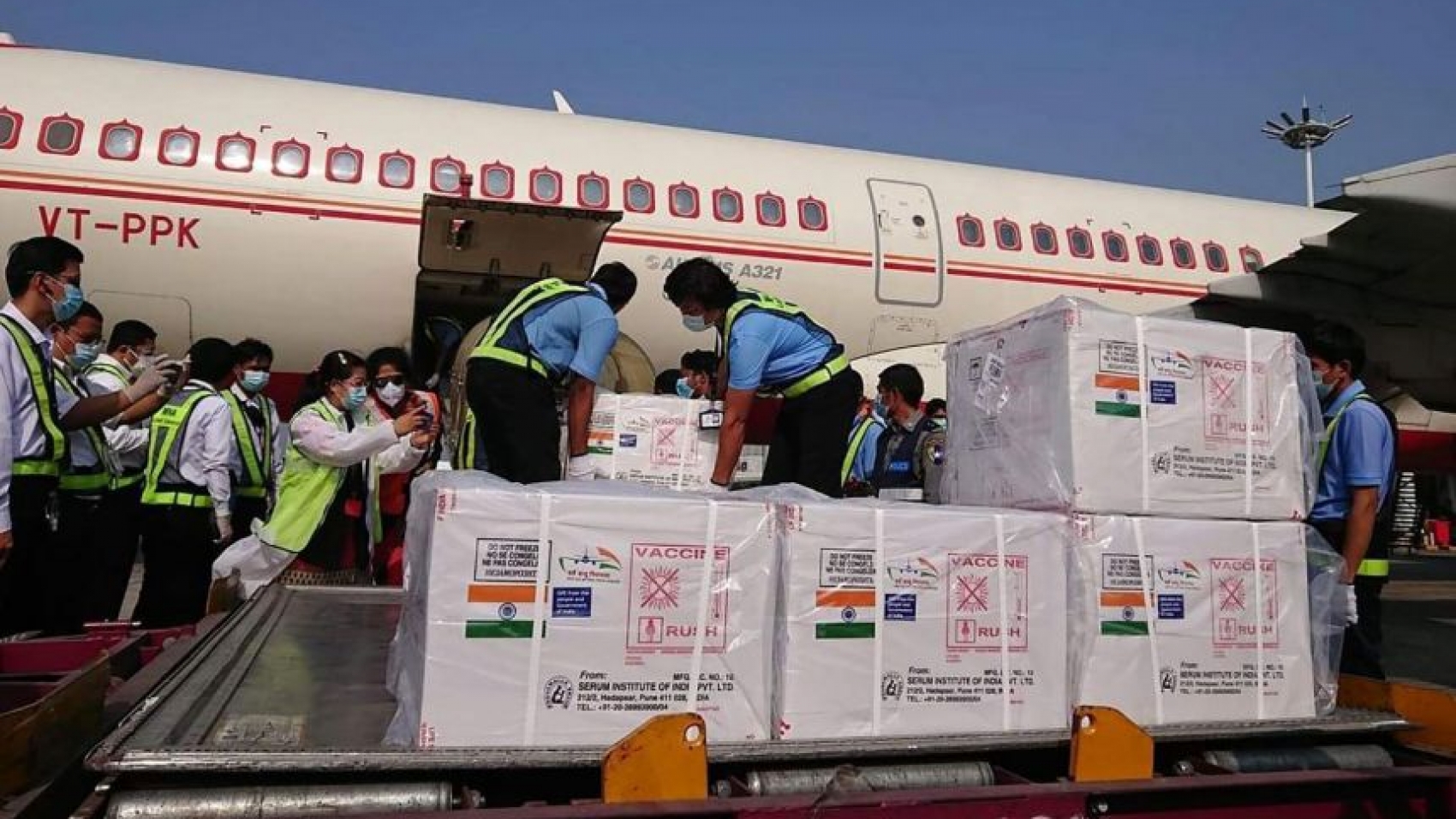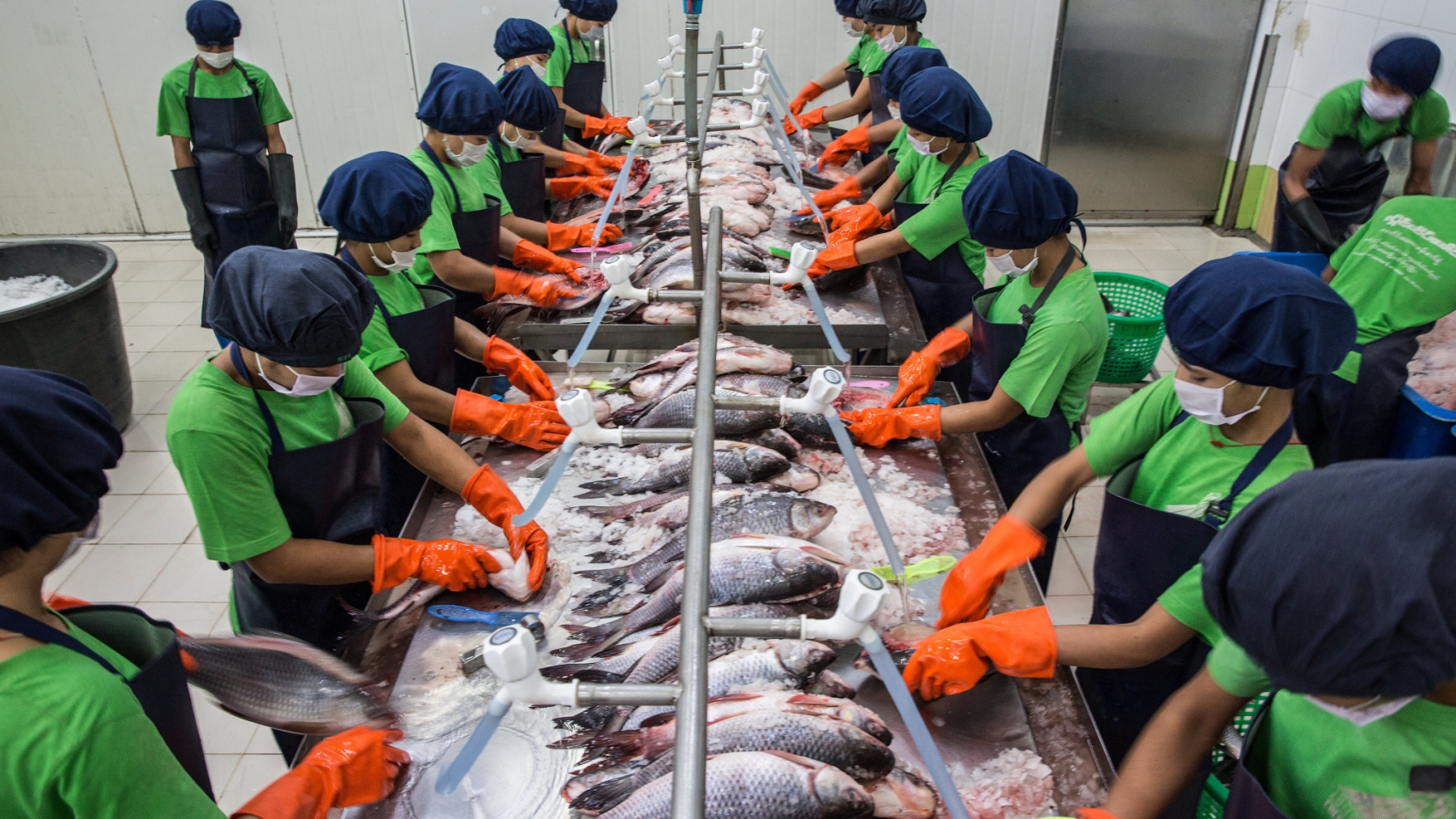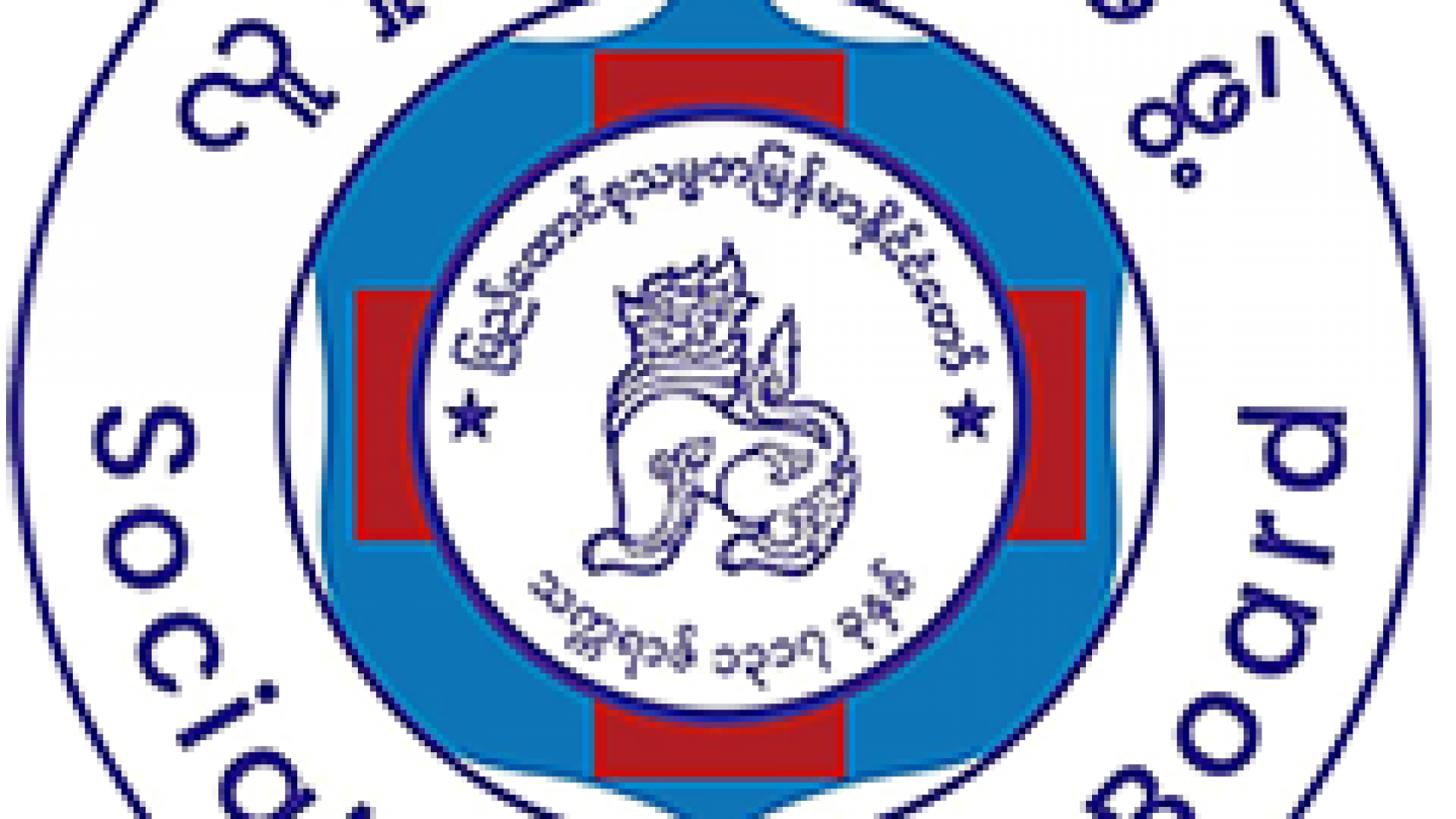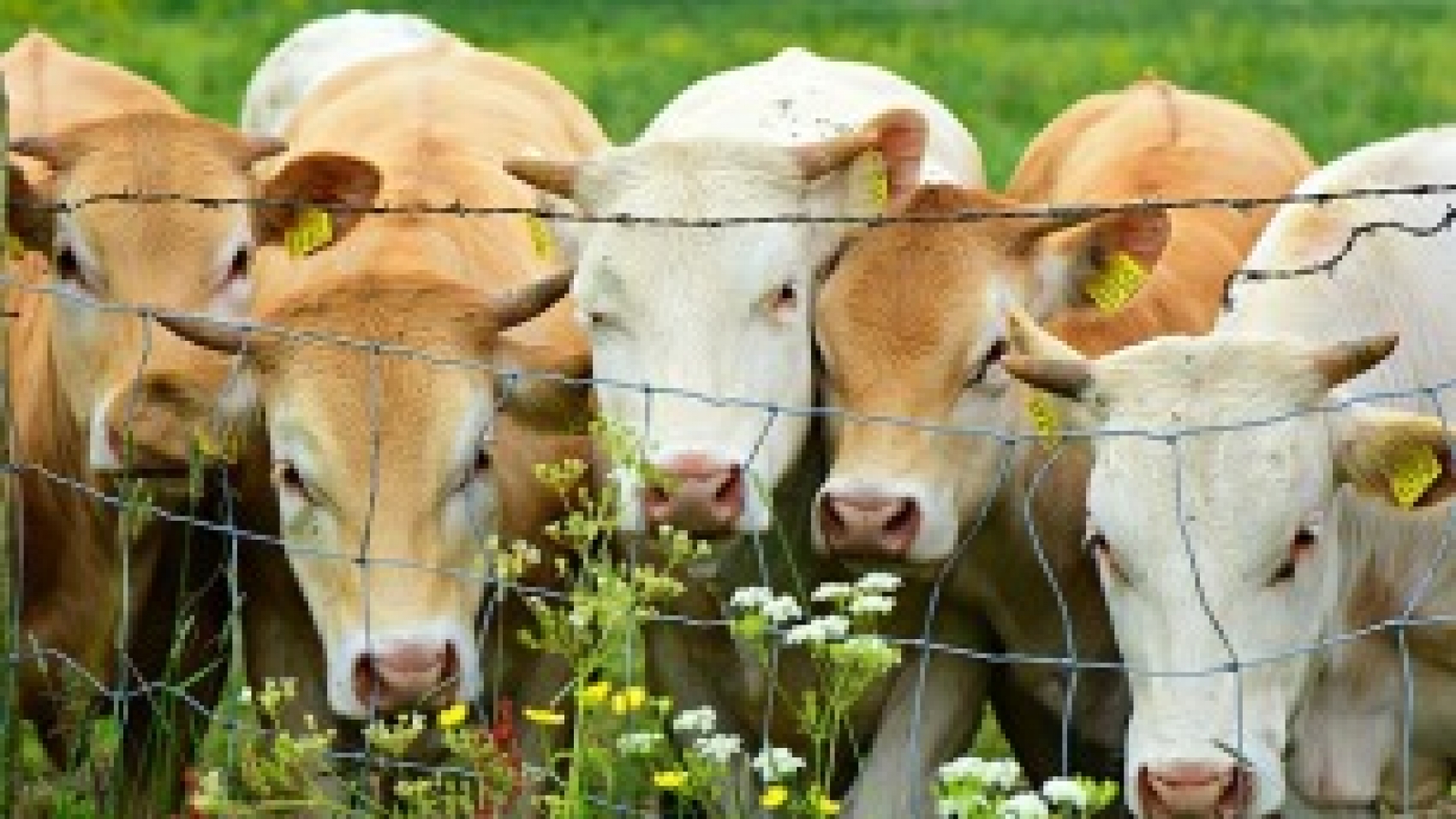Union Minister for Electricity and Energy U Win Khaing said that unexpected changes will occur in the oil and gas industry in future because of the COVID-19 pandemic, calling on the Myanmar Oil and Gas Services Society (MOGSS) to prepare for the changes. The Union Minister made the remark in a video message delivered to the opening ceremony of the annual meeting held by the MOGSS via online yesterday morning. He urged the MOGSS to make suitable arrangements to adapt to the ‘new normal’ situation. It is said that the oil and gas industry continues playing an important role in the future and the market will continue growing. He continued that in 2021-2022, crude oil prices may gradually rise again.
It is pointed out that the global supplies and demands as well as changes in oil prices may have impacts on inviting international tenders for offshore block projects of Myanmar. Speaking on the effects of the pandemic, the Union Minister said that natural gas prices dropped by 5 -10 per cent and product prices in the downstream refining sector dropped by up to 20 per cent. It is also said that natural gas and LNG are playing a key role in changing energy consumption patterns due to climate changes and environmental impacts as well as increasing uses of renewable energy in ‘New Energy Mix’. Myanmar’s energy mix is about 40 per cent of hydropower; about 14 per cent of solar energy, about 34 per cent of domestic natural gas and 11 per cent of LNG, so renewable energy consumption in Myanmar is about 54 per cent and clean energy consumption is about 45 per cent, according to the Union Minister.
Moreover, it is said that major investment projects such as A-6, A-3, M-9 and M-3 offshore projects have been providing more job opportunities in the oil industry. He continued that in the future, new onshore and offshore pipeline-construction projects will be implemented, and consequently business opportunities will be open more. The Union Minister also urged all the stakeholders to observe the future trends of the power sector in line with the Future Energy Transition pathway. He also called on the MOGSS to cooperate with banks to obtain necessary funds, to provide technical training to staff members and to organize online conferences and exhibitions in order to develop the industry. The virtual meeting was participated by officials from the ministry, MOGSS officials, and representatives from companies from the oil and natural gas industry.
Source: The Global New Light of Myanmar


